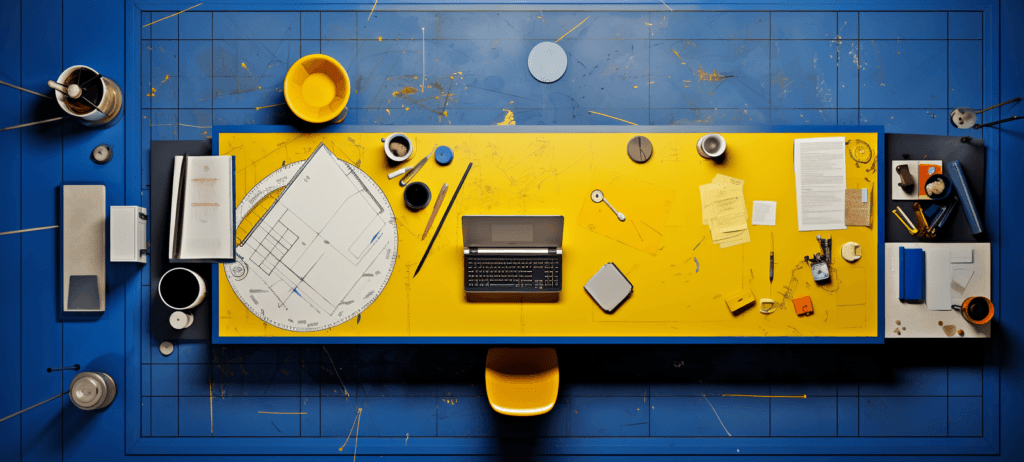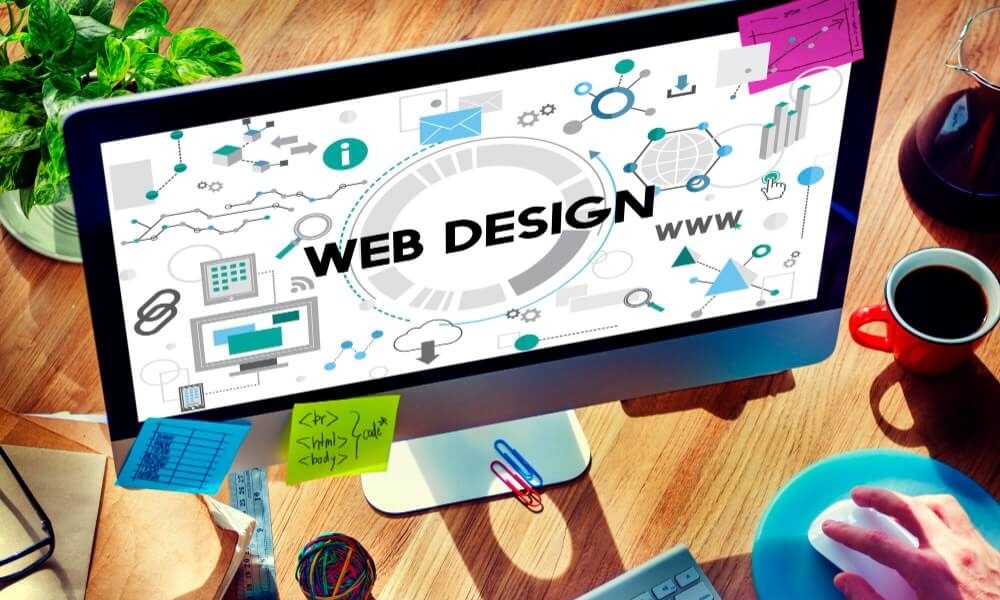Comprehending Why You Need Internet Site Design to Improve Customer Experience
Site layout plays a crucial function in shaping customer experience, serving as the foundation upon which first perceptions are developed. Comprehending these elements can dramatically affect customer involvement and conversion prices.
Significance of First Impressions
In the realm of web site design, the principle of impressions plays an essential role in forming individual experience. A website functions as an electronic shop, and simply as a physical store must capture a site visitor's attention, the layout of a site have to engage customers immediately. Research study indicates that individuals create an opinion concerning a web site within plain seconds, making it crucial for designers to prioritize aesthetic appeal and performance from the outset.
The significance of initial impressions expands beyond aesthetics; it influences customer trust and integrity. A well-designed web site shares professionalism and trust and integrity, encouraging visitors to discover better. Conversely, a messy or out-of-date layout can discourage users, resulting in boosted bounce prices and shed possibilities.
Moreover, first perceptions are frequently linked to emotional actions. A harmonious color palette, intuitive format, and high-grade images can stimulate favorable sensations, which improve user involvement. Therefore, designers must meticulously take into consideration the interaction of style elements to create a welcoming environment that resonates with the target market. Eventually, a solid impression can significantly influence individual retention and conversion rates, emphasizing its essential function in effective internet site style.

Effect On Navigation and Usability
Enhancing navigating and usability is critical for guaranteeing a favorable customer experience on a web site. Effective web site design assists in intuitive navigating, permitting customers to find details swiftly and efficiently. A well-structured layout, with clear food selection alternatives and rational pathways, decreases confusion and stress, which can result in greater engagement rates and lower bounce rates.
Functionality incorporates various aspects, consisting of the clearness of call-to-action buttons, consistency in navigation, and the convenience of accessing key info. Individuals ought to have the ability to browse seamlessly across different sections without experiencing dead ends or extreme clicks. Carrying out receptive design is additionally necessary, as it makes certain that navigation remains easy to use throughout numerous devices, including mobile phones and tablets.
Moreover, including accessibility attributes boosts usability for individuals with disabilities, ensuring that all users can connect with the website effectively. By prioritizing navigation and use, businesses not only enhance the general individual experience however likewise foster count on and loyalty amongst their target market. Eventually, a thoughtful technique to these elements of design can considerably affect user complete satisfaction and, consequently, the success of the website.
Duty of Visual Charm
Aesthetically pleasing internet site style plays a critical duty in recording users' attention and fostering a find more information psychological link with the material. A strong aesthetic allure can substantially influence customers' impressions, establishing whether they select to engage further with the website. Color design, typography, and imagery operate in tandem to produce a harmonious and welcoming environment, improving the general user experience.

Furthermore, an attractive design can guide users through the web site intuitively. Strategic positioning of aesthetic aspects can highlight essential information, making it much easier for users to browse and soak up material. This smooth assimilation of visual appeals with functionality makes sure that visitors not just appreciate the appearances however additionally locate the site sensible and straightforward.
Mobile Responsiveness and Accessibility
Prioritizing mobile responsiveness and accessibility is important in today's electronic landscape, where customers significantly accessibility websites with different gadgets. The growing use of smart devices and tablet computers necessitates that web sites operate seamlessly throughout different screen sizes. A receptive layout ensures that material is displayed correctly, boosting usability and encouraging individual interaction.
Access, on the other hand, includes producing a web site that is useful by individuals Recommended Reading with handicaps. This includes executing functions such as alt text for pictures, keyboard navigability, and proper comparison proportions. These aspects Check Out Your URL not just abide by lawful requirements but likewise expand your target market by enabling everybody to engage with your content.
Additionally, internet search engine focus on mobile-friendly and obtainable internet sites in their positions, making them vital for presence - Affordable Website Design Packages South Africa. By spending in receptive layout and availability, services can improve the user experience, leading to enhanced complete satisfaction and loyalty
Boosting Conversion Fees
Customer experience directly influences conversion prices, making it vital for businesses to concentrate on maximizing their websites for optimum efficiency. A well-designed website boosts functionality, guaranteeing that visitors can conveniently browse and find the details they require. When users run into user-friendly formats, clear phone call to activity, and streamlined procedures, they are most likely to engage with the content and inevitably convert.
Furthermore, integrating elements such as quick loading times, mobile responsiveness, and aesthetically appealing layouts considerably influences individual contentment. A seamless browsing experience reduces bounce prices and maintains potential consumers on the site longer, boosting the possibility of conversions.

Conclusion
In conclusion, efficient web site layout plays a pivotal duty in improving individual experience by affecting first impacts, assisting in intuitive navigation, and providing aesthetic appeal. A properly designed website not only attracts site visitors but additionally considerably enhances conversion rates, as users are a lot more inclined to engage with visually appealing and easy to use systems.